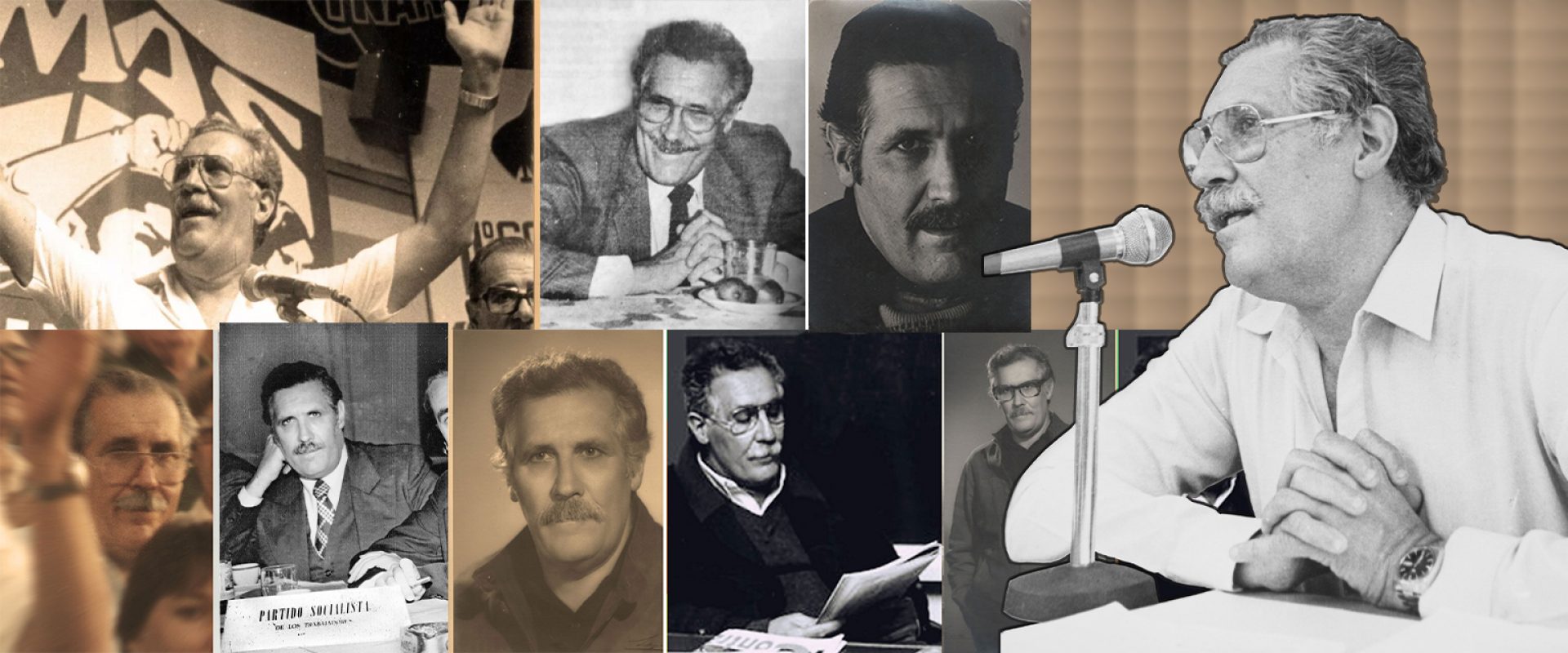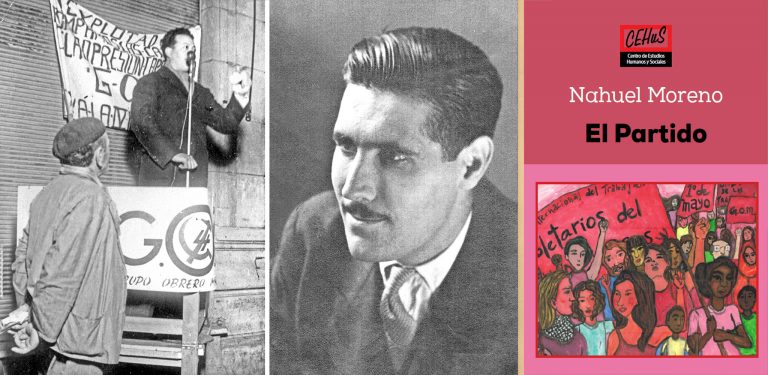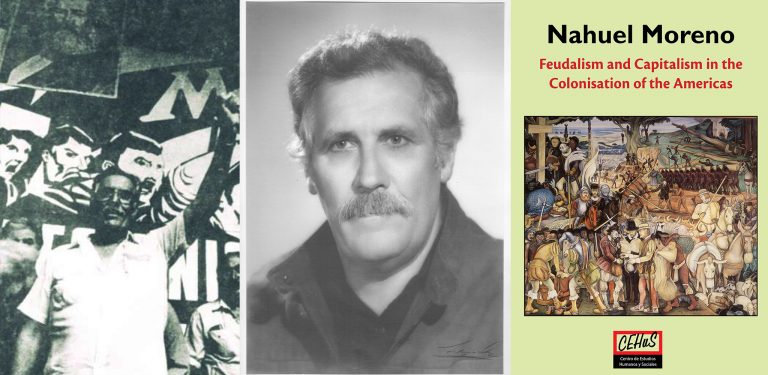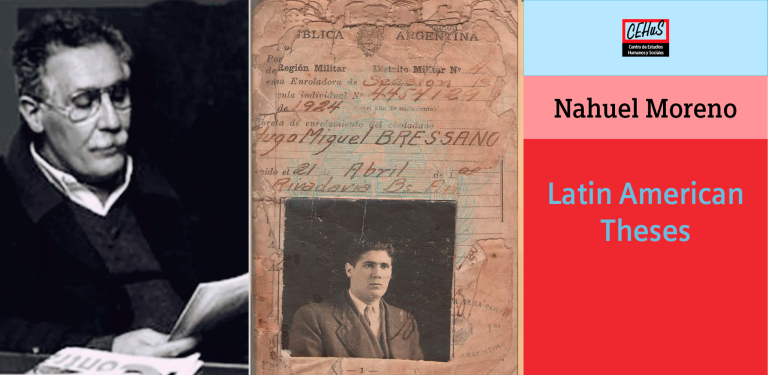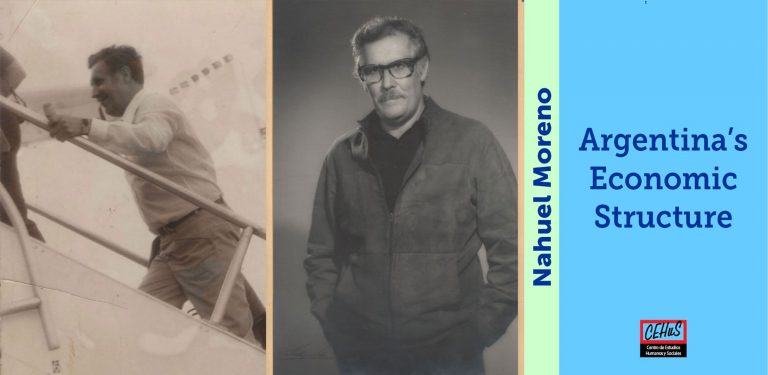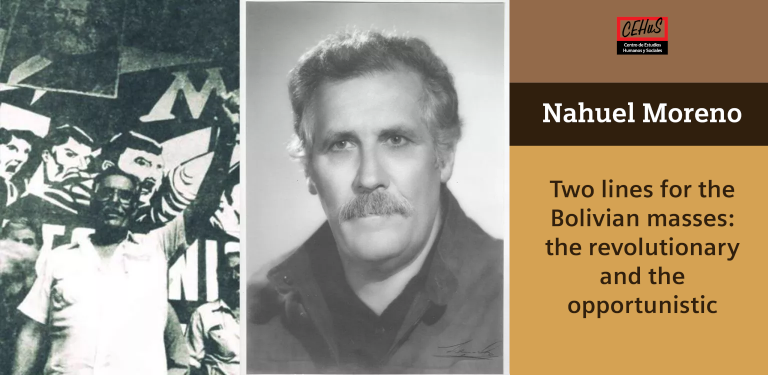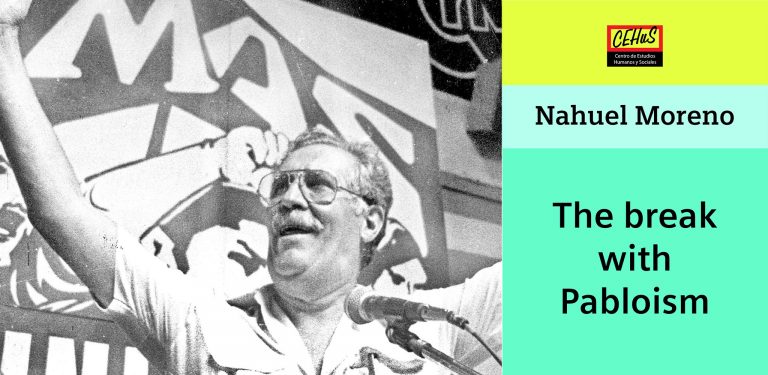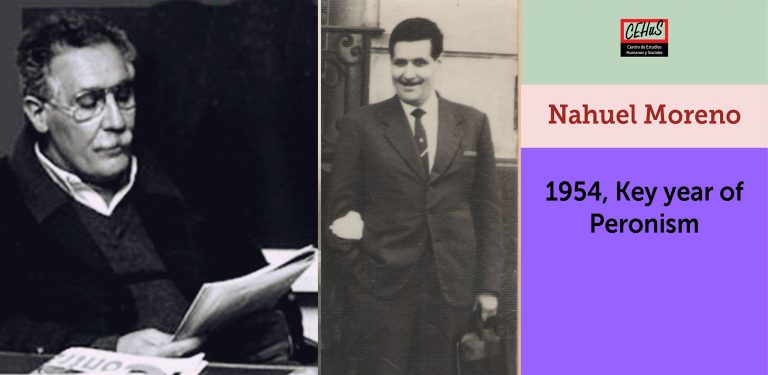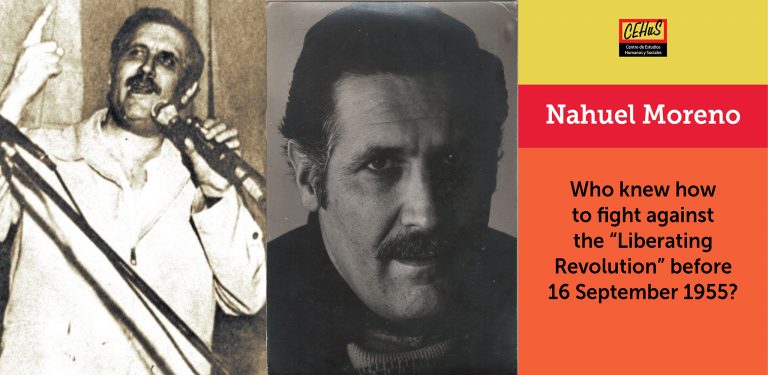Neutrality (1942) In June-July 1942, Moreno completed a work on Argentina’s neutrality in the European conflict. The country was ruled by the “Concordance” coalition, which maintained the practices of “patriotic fraud”. Thanks to this, in 1938, the Ortiz-Castillo formula had been established, which remained faithful toBritish imperialism. In this work, […]
Category: Works
The party (1943)
We are publishing for the first time since 1944, this foundational document of the Marxist Workers Group (GOM). Written in 1943 by a young Nahuel Moreno, barely 19 years old. Polemising against Liborio Justo (Quebracho), Moreno proposes to move away from the circles and debates of intellectuals that predominated in […]
Feudalism and capitalism in the colonisation of the Americas (1948)
In the 1940s, Moreno devoted himself to research the colonization of Argentina and Latin America to refine the definitions of the GOM. He produced this original and novel work on the Spanish and Portuguese conquest that rejected the definitions of the communist parties on a supposed “feudalism” in the Americas. Since […]
Latin American Theses (1948)
In this work, Moreno pointed out the semi-colonial and backward character of all Latin America and its role as producer of raw materials and of little industrial development. He highlighted the preponderant role of US imperialism, followed by England, with unevenness in the different Latin American countries.
Argentina’s economic structure(1948-1950)
In the late 1940s, Nahuel Moreno expressed into two papers (“The agrarian thesis” and “The industrial thesis”) the studies he had been carrying out and discussing within the GOM —to become POR — on the structural characteristics of the country. Later on, in 1950, this elaboration continued in a polemic […]
Theses on the International Problem (1950)
At the time of writing, approved by the Central Committee of the Revolutionary Workers’ Party on December 23, 1950, only five years had passed since the end of the Second World War and one year since Mao’s victory in China. The bureaucracy headed by Joseph Stalin in the USSR was […]
Two lines for the Bolivian masses: the opportunist and the revolutionary (1953)
1953 Two lines for the Bolivian masses: the opportunist and the revolutionary The workers’ revolution in Bolivia began in April 1952. The Central Obrera Boliviana emerged. The Trotskyists supported the bourgeois government of Paz Estenssoro, following the policy encouraged by the sector of the Fourth International headed by Pablo and […]
The break with pabloism (1953)
After the Third World Congress of the Fourth International, held in August 1951, the leadership of Pablo and Mandel began to adopt increasingly revisionist positions and of capitulation to the Stalinist bureaucracy and bourgeois nationalist leaderships. Among other events, they betrayed the workers’ revolution in Bolivia in 1952 and bureaucratically […]
Who knew how to fight against the “liberating revolution” before 16 september 1955? (1954-1957)
Palabra Obrera published this pamphlet containing articles and leaflets from Nahuel Moreno’s party, as well as documenting the positions of other Trotskyist groups and the rest of the left, particularly the Communist and Socialist Parties, in the face of the advancing preparations for the pro-Yankee, clerical, and gorilla coup against […]
